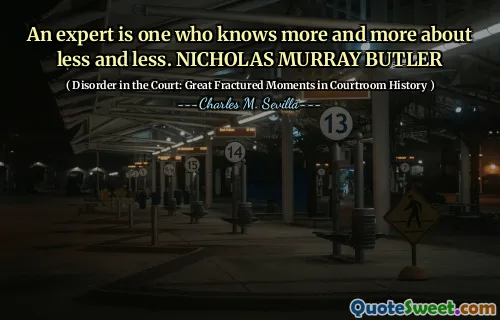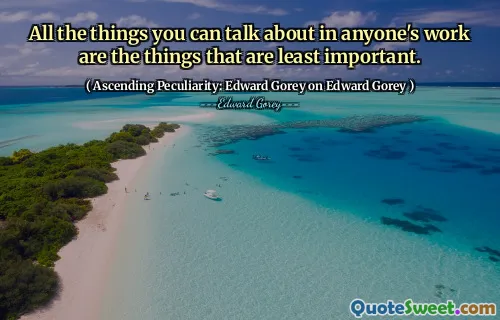I didn't understand what he was doing, what he wanted from me. Because in my experience, people wanted something from each other. To use them, to gain friendship, for a romantic relationship. I didn't think he had any of those three as his motivation, and it was like a Rubik's Cube that I kept turning around and around with no solution
In Erin McCarthy's book "True," the narrator expresses confusion about an individual's intentions. Unlike typical interactions where people seek friendship, romance, or personal gain, the narrator feels that this person doesn't fit those motivations. This leads to a sense of bewilderment as the narrator struggles to understand his behavior.
This lack of clarity is likened to a Rubik's Cube; the narrator continually rotates it, searching for a solution but unable to find one. This metaphor highlights the complexity and frustration in trying to decipher someone whose motives remain elusive and outside the norm of expected social exchanges.





